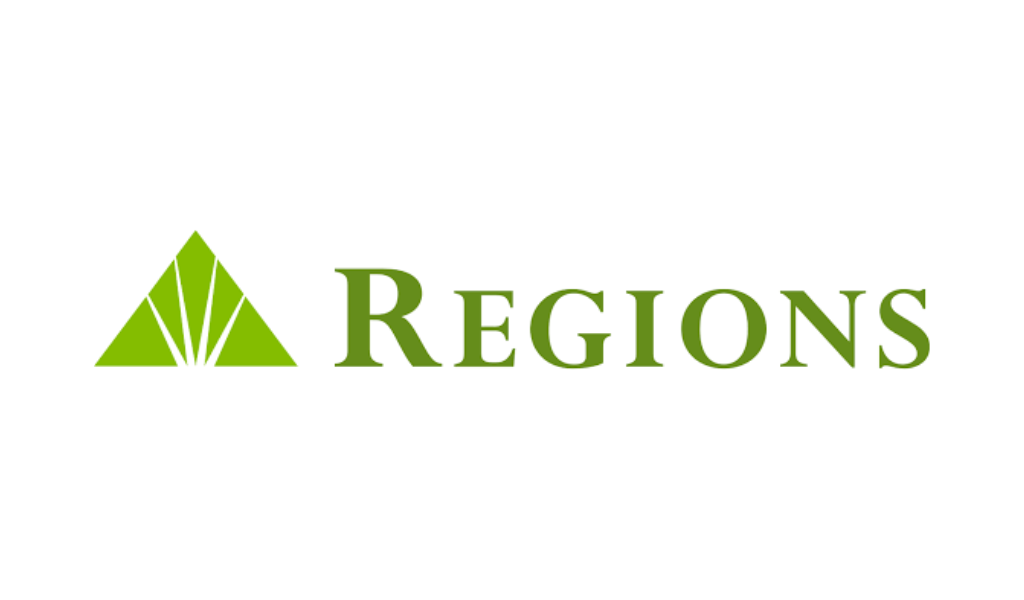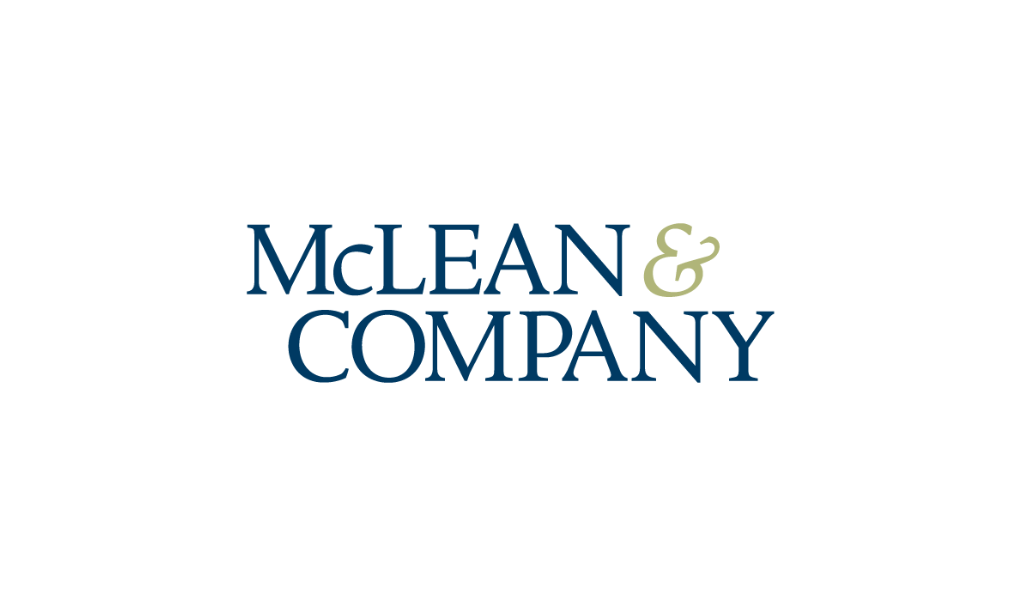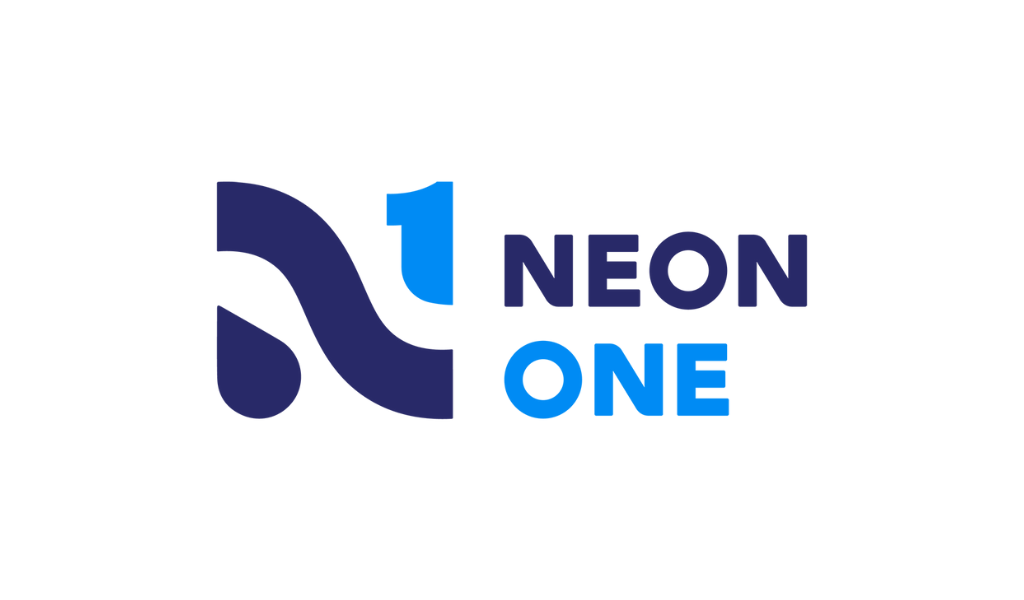According to Gallagher’s 2024 U.S. Organizational Well-being Report, organizations continue to rank retention as the top priority for HR (62%) and second highest for operations (45%), only behind growing revenue and sales. And although half of employers have experience a turnover rate of at least 15% in 2023, two in three (67%) experienced turnover within their targeted range or lower, indicating that rates are stabilizing.
“While low attrition rates are a positive indicator for an organization’s current ability to retain employees, this may not always translate to high levels of engagement and productivity, which can be impacted by macroeconomic factors such as an employee’s experience at work,” says William F. Ziebell, CEO of Gallagher’s benefits and HR consulting division. “Employers should control what they can by continuously seeking opportunities to better align employee experiences with evolving generational expectations and offering benefits and programs that will entice their workforce to stay with the organization.”
Though many employers refreshed their total rewards in 2022 and 2023, fewer have implemented enhancements in 2024 as they’re now looking to strategically simplify and optimize existing resources and ensure employees understand how to maximize the value of their current benefits.
Each aspect of employee well-being (physical, emotional, career, and financial) dropped two to 10 points in its level of importance to employers this year. Nevertheless, emotional well-being continues to be the dominant focus for 64% of employers, with an emphasis on mental health and social connectedness.
As such, it’s no surprise that a strong work culture remains a vital part of the employee experience. A sense of community at work can provide emotional support, reduce stress and contribute to a sense of belonging. And more than a third of employers rank a strong culture among their highest HR priorities (35%).
While rising healthcare costs aren’t new, they continue to remain in the spotlight with the emergence of high-priced weight-loss medications, as well as access to other cell and gene therapies. Because nearly three in four employers (73%) believe their healthcare costs will rise in 2024, controlling employee benefits costs increased as a top priority for operations (19%) and HR (28%) after hitting a multi-year low in the year before.
To better control expenses and drive retention, employers should evaluate their current rewards and optimize them by identifying benefits that no longer provide significant value and phasing them out or replacing them with more relevant options. It’s also crucial that employers provide opportunities for employees to familiarize themselves with the purpose of each benefit. Not only will this allow employees to feel as though they understand what’s offered to them, but it also increases appreciation for the value of the benefits package the employer provides.
“We’re finding that leading with intentionality and simplification is key to striking the right balance as employers grapple with managing costs and employee expectations,” says Ziebell. “Knowing what your employees need is important, but it’s equally important that they understand what you offer as an organization and why.”













